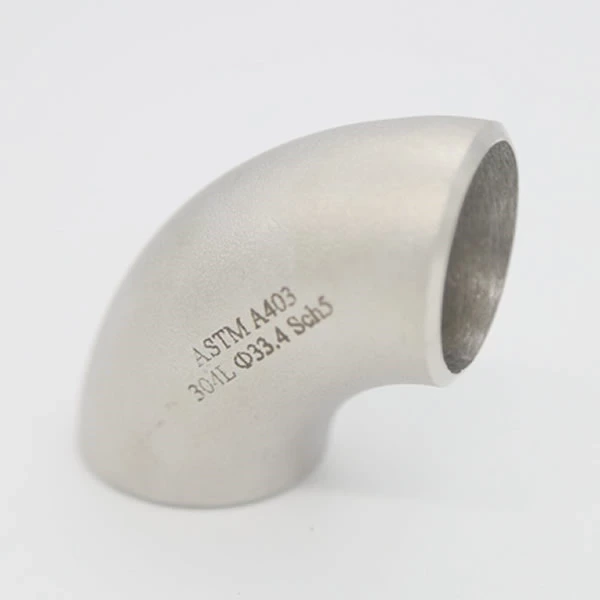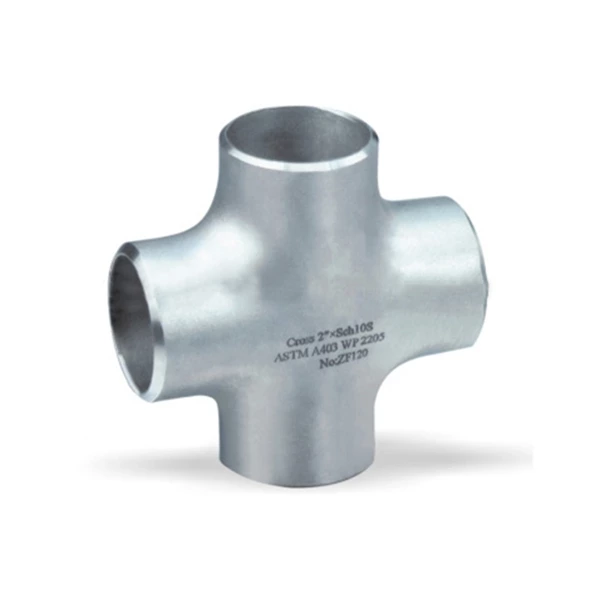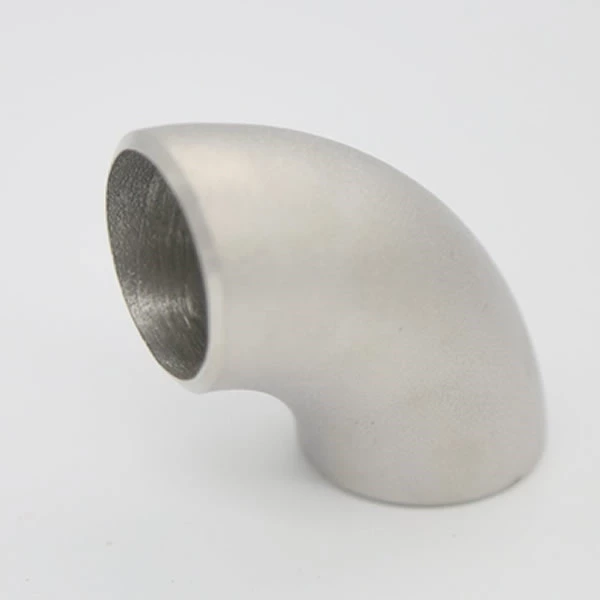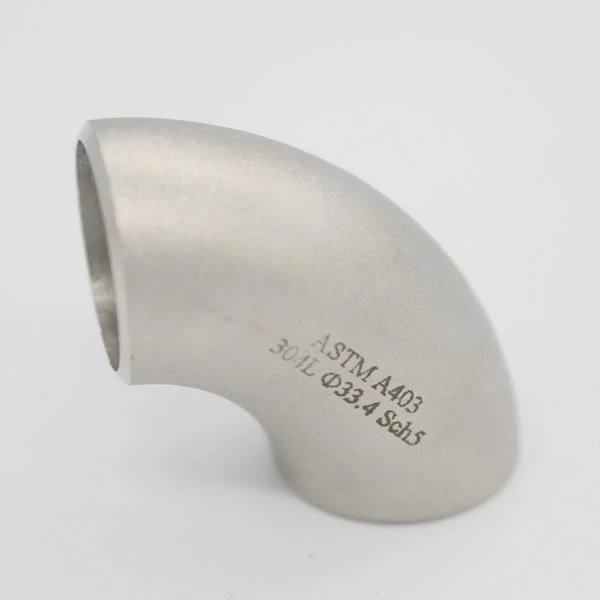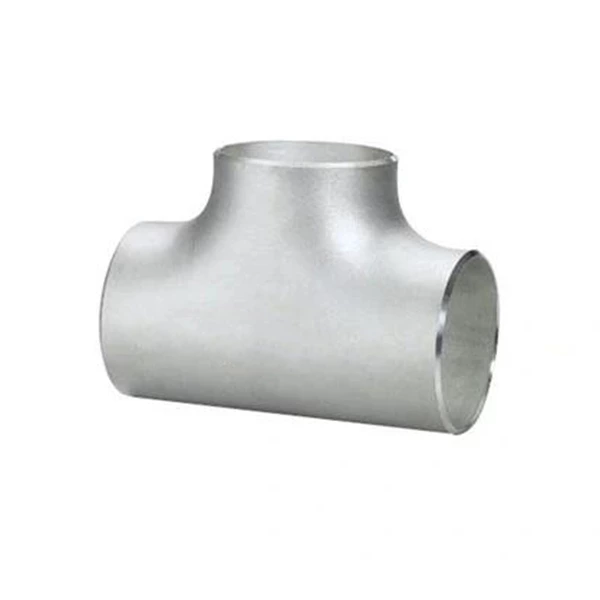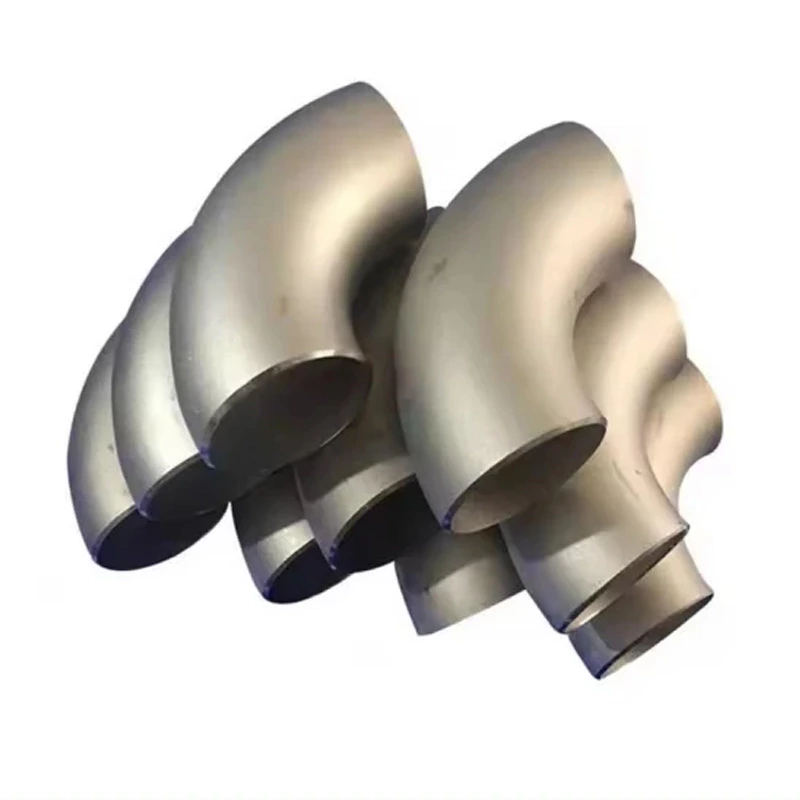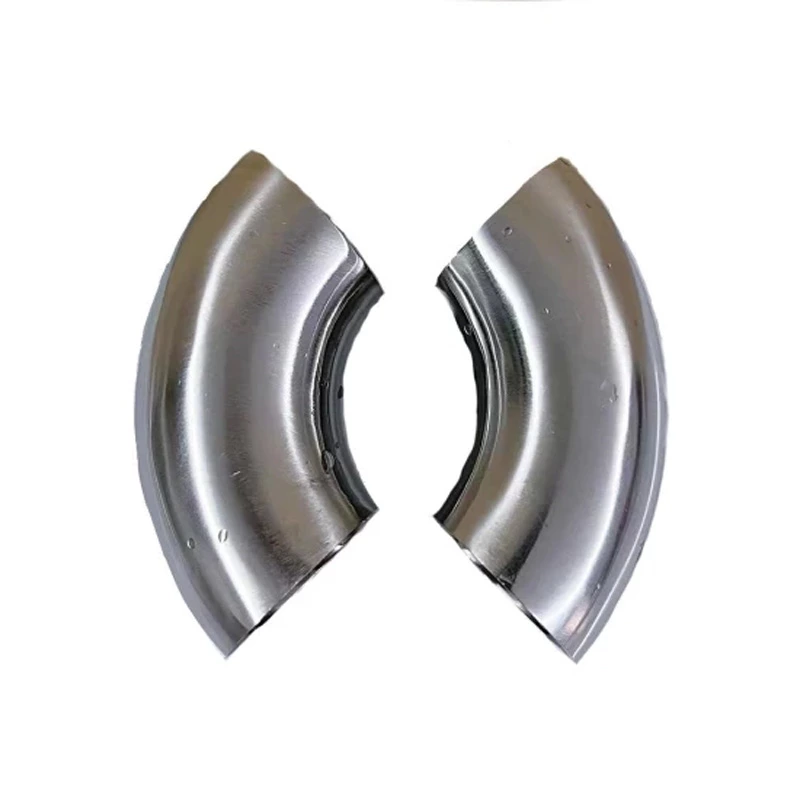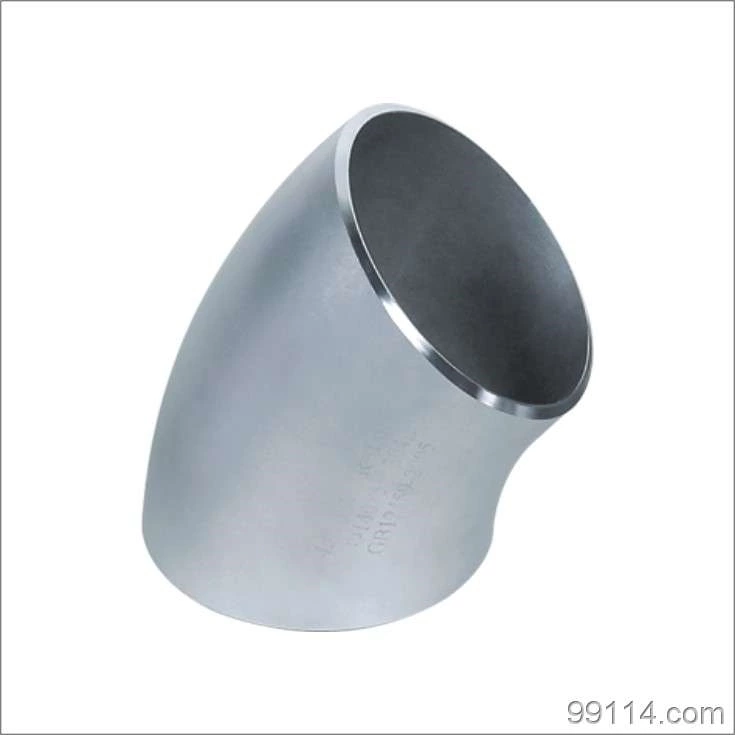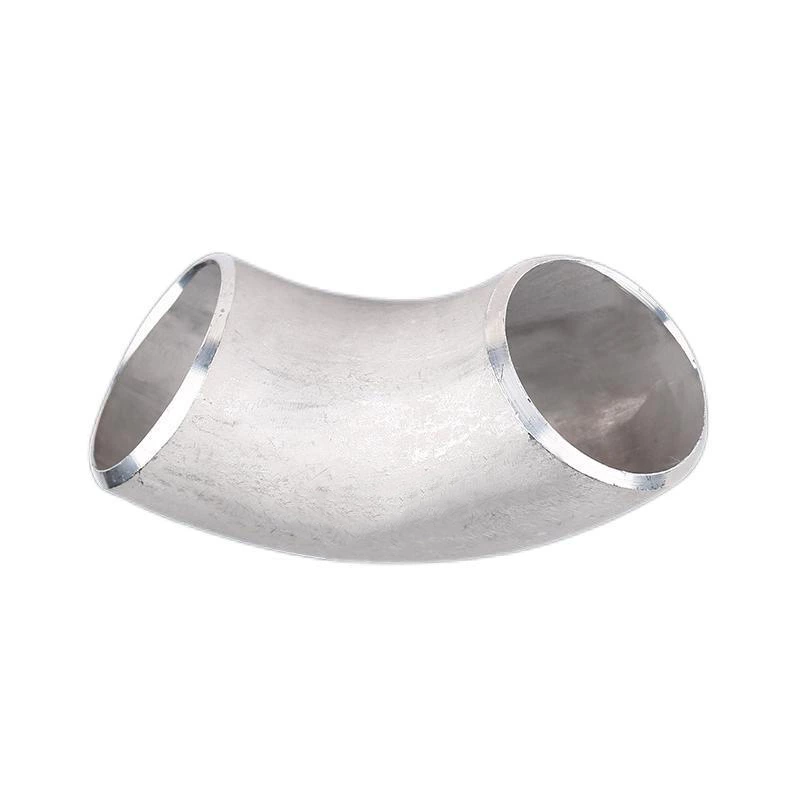Is There A Work Hardening Layer On The Surface Of The Stainless Steel Elbow Crack?
Stainless Steel Weld Elbow Whether there is a work-hardening layer on the surface of the crack: There are many methods to determine the main crack, generally including the method of determining the size of the plastic deformation, the T-type method, the crack bifurcation method, the oxidation color method of the cross section of the stainless steel elbow, the fatigue crack length method, etc. The morphology analysis of the crack is first of all a macroscopic morphology analysis. The stainless steel elbow mainly includes: the location of the crack, the shape of the crack, the relationship between the crack and the stress direction, the relationship between the crack and the material forming direction, the meshing of the crack, and the relationship between the starting position of the crack and the shape of the part. The second is the microscopic morphology analysis, which mainly includes: the microscopic morphological characteristics of the crack, the path of crack expansion, the information of the crack perimeter (whether there are inclusions and oxides, etc.), whether there are coarse tissues (overheated tissues, Widmanstatten tissues, banded tissues, other abnormal tissues) at the crack, whether there are defects such as processing defects and material defects in the crack source area, and whether there is a work-hardening layer on the surface of the stainless steel elbow crack. The above is the fracture analysis of stainless steel pipe cracks.
